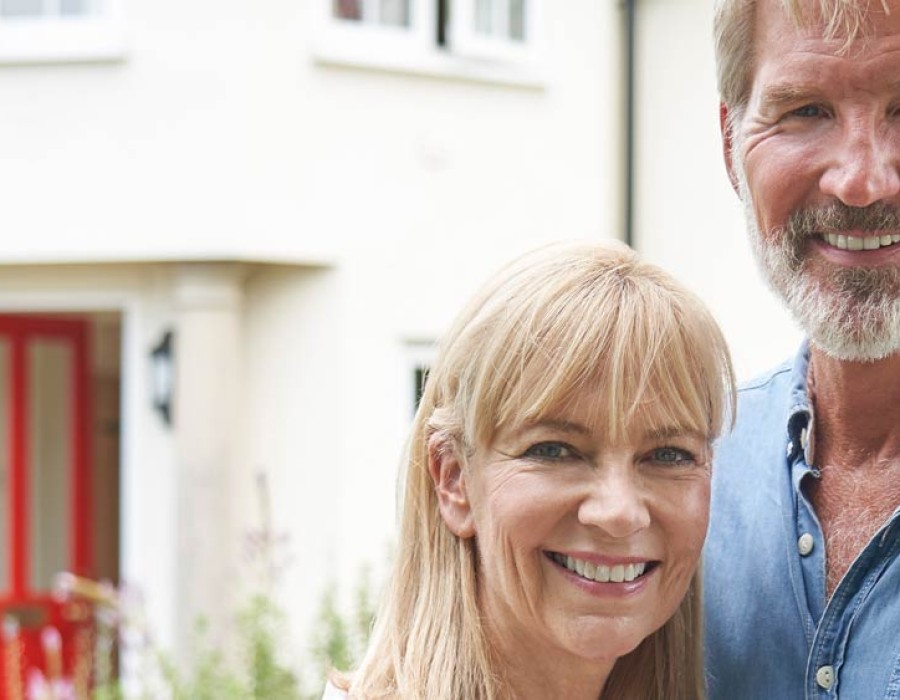Introduction
In the pursuit of a sustainable and energy-efficient future, Ireland has been actively addressing its carbon footprint by implementing various energy solutions. Among these initiatives, deep retrofitting of homes has emerged as a powerful strategy to reduce energy consumption, lower greenhouse gas emissions, and enhance the overall quality of living. In this article, we'll delve into the world of energy solutions in Ireland, focusing on deep retrofit programs, the cost of retrofitting homes, and the importance of home energy retrofitting.
Deep Retrofit Ireland: A Green Transformation
Deep retrofitting is a comprehensive approach to improving the energy performance of existing buildings, particularly homes. In Ireland, the Deep Retrofit program is at the forefront of this transformation. It involves upgrading homes to achieve significant energy efficiency improvements, often encompassing measures such as enhanced insulation, energy-efficient heating systems, and renewable energy integration.
One of the primary goals of Deep Retrofit Ireland is to achieve near-zero energy buildings, aligning with Ireland's commitment to becoming carbon-neutral by 2050. By reducing energy consumption, homeowners can enjoy lower utility bills and contribute to a greener future.
Retrofitting Homes in Ireland
Retrofitting homes in Ireland has gained traction as homeowners recognize the benefits of energy-efficient upgrades. Retrofit projects are tailored to the unique needs of each property, addressing issues like inadequate insulation, outdated heating systems, and poor ventilation. These upgrades not only reduce energy consumption but also improve indoor comfort, air quality, and property value.
Common retrofit measures include:
- Enhanced Insulation: Proper insulation in walls, roofs, and floors helps retain heat, reducing the need for continuous heating.
- Energy-Efficient Heating: Replacing old boilers and heaters with modern, energy-efficient alternatives can significantly cut heating costs.
- Renewable Energy Integration: Solar panels and heat pumps harness renewable energy sources to reduce reliance on fossil fuels.
- Ventilation Systems: Improved ventilation ensures a healthier indoor environment while preventing heat loss.
The Cost of Retrofitting a House
The cost of retrofitting a house in Ireland can vary widely based on the scope of work, the size and condition of the property, and the chosen technologies. While upfront costs can seem significant, they are often offset by long-term energy savings and various government incentives and grants available to homeowners.
Government initiatives such as the Better Energy Homes scheme and the Warmer Homes scheme provide financial support to make retrofitting more affordable. Additionally, many financial institutions offer green home improvement loans with favorable terms, making it easier for homeowners to invest in energy-efficient upgrades.
Home Energy Retrofit: A Wise Investment
Home energy retrofitting in Ireland is not just about saving money on utility bills; it's an investment in a sustainable future. By reducing energy consumption, homeowners can significantly lower their carbon footprint, helping Ireland meet its climate targets. Moreover, energy-efficient homes are more comfortable to live in and often have higher property values.
In conclusion, Ireland's commitment to energy solutions like deep retrofitting reflects a forward-thinking approach to sustainability and climate change mitigation. Retrofitting homes is not only beneficial for homeowners but also essential for the country's journey towards a greener and more energy-efficient future. As technology continues to advance and awareness grows, we can expect even more innovative solutions to emerge, making energy retrofitting more accessible and impactful for all Irish residents.
For more info:-





Comments